Phymatosorus scolopendria yellow fern SP – Rare
Original price was: ₹3,900.00.₹1,899.00Current price is: ₹1,899.00.
10 in stock
Plant size: Single plant | Pot Included | Free Shipping
CARING FOR FERNS
Ferns have a reputation for fussiness, and their cultivation requirements are quite specific. Still, with a little thought and attention, you can successfully grow and maintain them as houseplants. Experts advise analyzing your conditions carefully and then selecting a species that is well suited for the location you have in mind.
In general, for maximum growth and health, it is important to provide ferns with plenty of humidity, generous watering, lots of space, sufficient light without direct sun exposure, and rich, well-draining soil.
Moisture
Proper humidity can be one of the most difficult conditions to provide since most of us who live in temperate climates have central heat, which is very drying. Home moisture levels can be desertlike, as low as 5 to 10 percent relative humidity, well below the 40–50 percent levels recommended for ferns.
There are a few simple methods for countering that dryness. Daily watering will help. Resting potted ferns on water-filled saucers or trays that contain a layer of pebbles or broken crockery is another simple way of keeping the humidity high. Just make sure that the bottoms of the pots rest above the water, not in it. Soggy fern roots can lead to rot and untimely death. Another trick is to place ferns planted in clay pots inside a larger plastic pot lined with a damp, spongey medium such as peat moss. The clay pot will wick the moisture from the peat moss and help prevent the fern soil from drying out.
If more moisture is needed, the use of a humidifier near your plants is an option. Drugstore humidifiers are designed to hydrate people, not plants, so there are a few special features to look for when purchasing one. Generous run time is important—select one that can run continuously without refilling for at least 12 hours. Humidifiers have to be cleaned frequently to keep them from spewing salt, mold, or bacteria on your plants, so choose one with a simple design to streamline the chore.
You probably see fern fronds, or leaves, used as fillers in flower arrangements. But don’t let that make you think fern plants will tolerate being packed tightly against a begonia or peace lily in your home. Their delicate leaves are easily broken and they need plenty of freely circulating moist air to prevent damage and keep them sufficiently hydrated. This is an important point to remember if you decide to use a humidifier. Placing a fan nearby will help disperse the moisture-laden air and keep water droplets from landing on your plants, possibly causing blights and other distressing fern diseases.
Light
The issue of light for the indoor fern is fraught for many gardeners. I prefer not to know how many ferns I have killed simply because I thought the plant was the perfect answer to livening up a dark corner. Although ferns are happy residents of shade gardens outdoors, inside they require plenty of bright, indirect light. Exposure to direct sun will burn their delicate foliage, making it dry and brittle and browning the edges. Avoid southern exposure where ferns will be subjected to harsh solar rays.
Soil Mix and Containers
When planting your ferns, choose a light, fluffy soil mix that contains plenty of organic matter, but not enough to make the soil so heavy and dense that it does not drain well. Most packaged houseplant mediums should work well as long as they are rich in porous organic materials such as peat moss or leaf mold. Adding coarse sand or perlite will allow water to flow through freely.
Both plastic and clay pots are suitable for ferns, with those in plastic pots requiring less frequent watering. Pots should be large enough to accommodate the roots with an extra inch of space for further growth. Fern roots tend to be shallow, so short containers are best. Most ferns grow slowly but you should repot when they begin to overcrowd their containers, before they become root bound.
Only logged in customers who have purchased this product may leave a review.

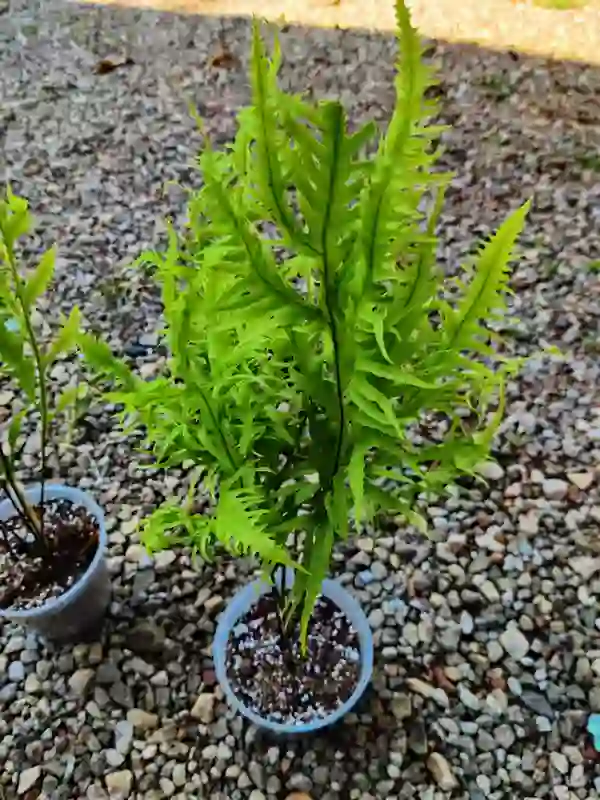
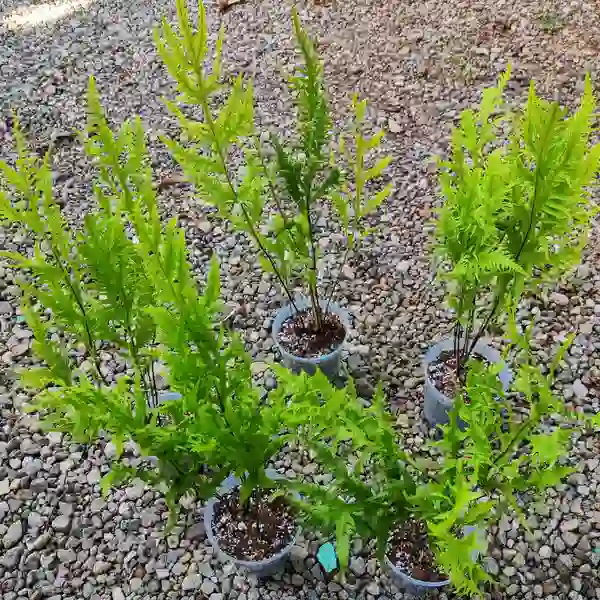

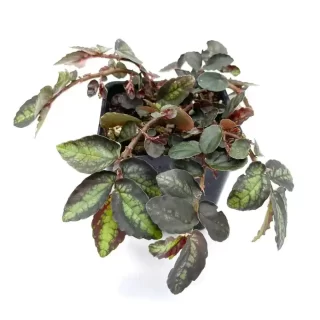
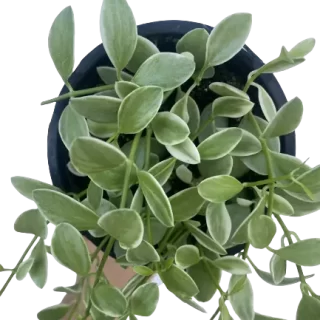
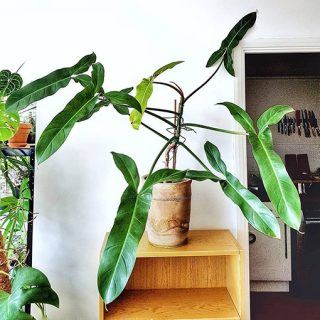
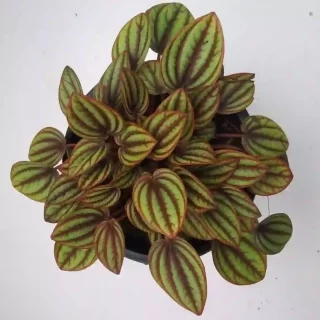
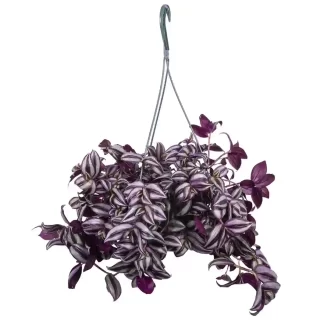
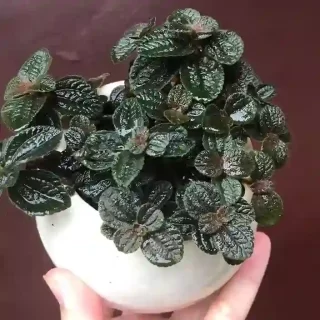
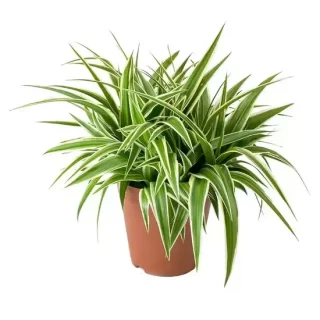
 If you need any assistance, I'm always here. Have you found what you were looking for?
If you need any assistance, I'm always here. Have you found what you were looking for?
Reviews
There are no reviews yet.